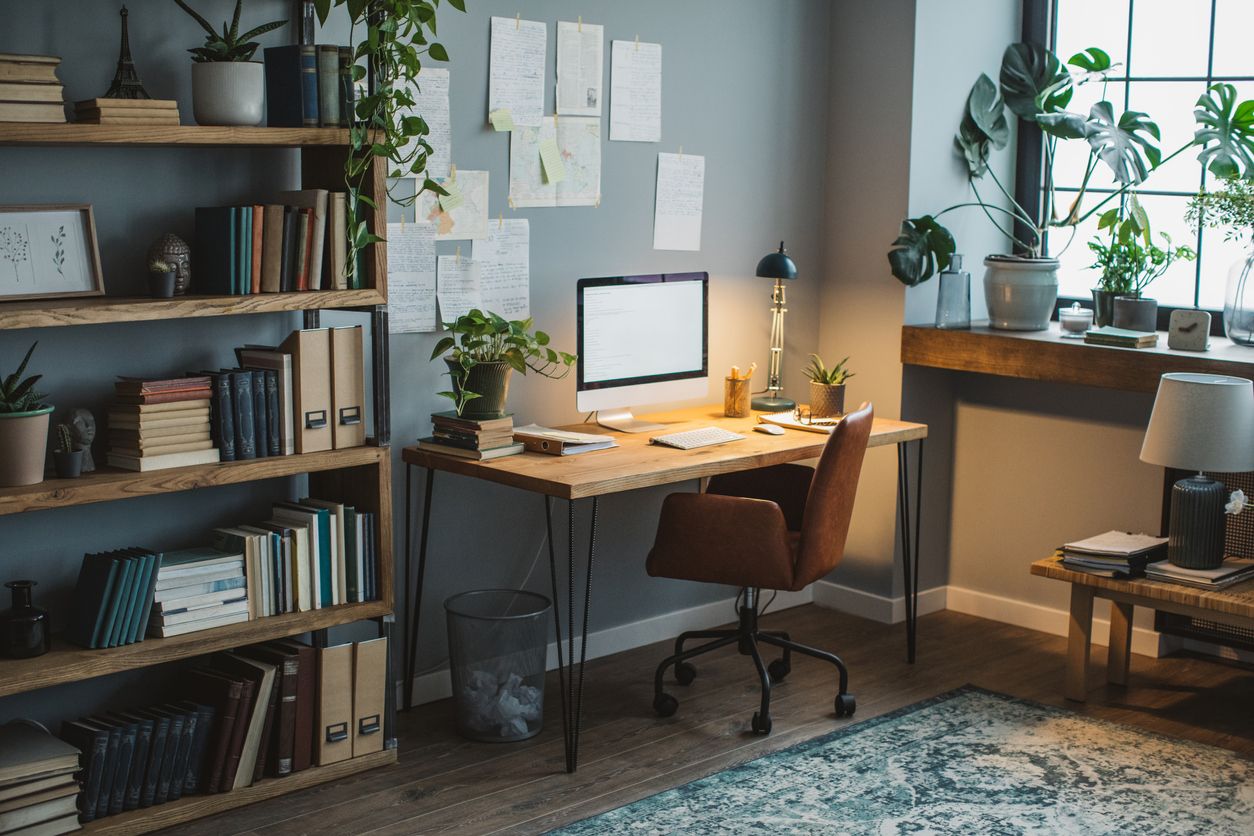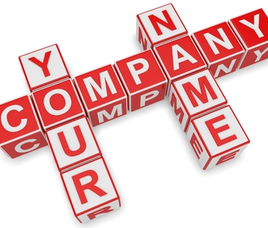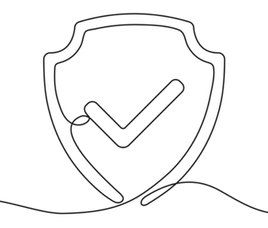Whether you are sitting, standing or bending there are ways to ensure you are not causing excessive back stress.
Here are some tips to improve your posture from broker and MFAA member, Leanne Sklavenitis, who is also a fitness expert:
Sitting
Your chair should be adjusted so that your feet can rest flat on the floor and your hips and knees should be at a 90-degree angle or less.
The chair should provide you with support behind your pelvis, at the base of your spine and up through your mid back which allows you to relax. If you are working at a table or desk the chair should be pulled in close so you don’t need to stretch out or lean forward.
Try to sit in 'neutral posture' where the weight of your head sits directly on top of the spine with the load passing directly down to the chair beneath. Allow your spine to maintain its three natural curves.
Avoid slouching as this causes strain on the tissues at the base of the spine as the weight of the body hangs off the ligaments and joints with little or no contribution from the spine’s postural muscles.
Avoid perching on the edge of the chair as this can cause unwarranted muscle tension.
The spine doesn’t like prolonged periods of sitting, it likes movement and variable load so it is a good idea to get up and walk around about every half hour.
Standing
Long periods of standing can be uncomfortable because many people tend to lean backward and thrust their stomach forward. This causes compression through the structures at the base of the spine and can cause pain.
Be aware of your posture when standing and if you feel uncomfortable correct it by taking your spine out of a constantly compressed position by moving around. Bend forward, bend back and shift your weight from side to side.
Bending
The key to bending and picking things up is to get equal involvement from your hips, knees and spine.
Squatting down and keeping the spine rigid or keeping your knees and hips constantly straight and bending only from the back is risky. This puts excessive strain on the spine.
Instead, make sure your feet are apart, one foot in front of the other to keep you stable and bend the hips, knees and back together so the muscles in your thigh and buttocks will give you the power to get back up again and this position will reduce the load transfer through your spine when lifting.
Follow these further tips to keep your back in good shape
- Standing – Keeping one foot forward of the other with knees slightly bent takes the pressure off the lower back.
- Sitting – Sitting with your knees slightly higher than your hips provides good low back support.
- Reaching – Stand on a stool to reach things that are above shoulder level.
- Moving Heavy Items – Pushing is easier on your back than pulling. Use your arms and legs to start the push. If you must lift a heavy item, get someone to help you.
- Lifting – Kneel down on one knee with the other foot flat on the floor as near as possible to the item you are lifting. Lift with your legs, not your back, keeping the object close to your body at all times.
- Carrying – Two small objects (one in either hand) may be easier to handle than one large one. If you must carry one large object, keep it close to your body.
- Sleeping – Sleeping on your back puts extra pressure on your back. Putting a couple of pillows under your knees cuts the pressure in half. Lying on your side with a pillow between your knees also reduces the pressure. Do not lie on your stomach.
- Weight Control – Keep within a few kilograms of your ideal weight for a healthier back.
The more you know, the better chance you have of avoiding back pain which affects 80% of the adult population and is the second most common reason people visit their doctors. If you have back pain or need further help consult a doctor as soon as possible.
In addition to being an MFAA member, Leanne is an award winning, registered personal trainer, gym and group exercise instructor with over 32 years in the health and wellness industry.
In September 2017 Leanne received the shock diagnosis of MND/ALS. Despite the challenges this disease brings, MND has not dampened her determination to live life passionately.
“I have had the pleasure of meeting and spending time with Leanne and her partner Steve on a number of occasions and the way they have tackled adversity is truly inspirational,” said MFAA Chief Executive Officer, Mike Felton.
“On behalf of the MFAA I would like to thank Leanne for giving us permission to share this article with our members, and to wish both Leanne and Steve all the very best as they continue to set an amazing example for so many.”



